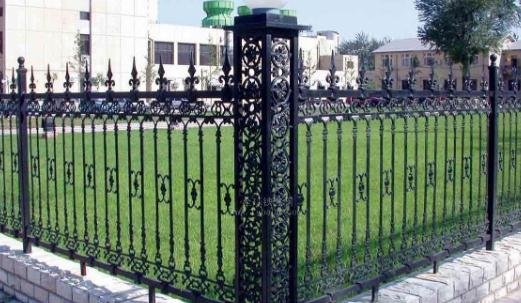
2024/11/14
Advantages of Iron Railings
Today, what we call "wrought iron" or "iron" railings are actually steel. They were once made of iron, but improved
processing techniques produced the steel used for all kinds of railings today. Steel is very ductile, which means it can
be processed in a variety of ways to produce the same look as antique railings seen on old buildings. Steel railings
are strong, durable, and will last for many years. Steel can be bent, cast, and formed into a variety of designs,
allowing homeowners to express their personality and give their home the perfect design. Steel holds paint very
well and can be painted any color. Steel railings are easy to install and will hold up strong and securely for decades.

Disadvantages of Iron Railings
Unfortunately, iron railings and today's steel railings will rust (if they are not galvanized). This occurs when
moisture reacts chemically with the iron in the steel. It creates another compound called iron oxide, which is much
weaker than the original material. This can cause cracks, holes, and gaps in the steel. If not repaired, the rust will
continue throughout the material, causing cracks. This chemical process is accelerated in conditions such as acid
rain. Although manufacturers use a number of coatings to inhibit the rusting process, if these coatings are
damaged in any way, the material will begin to rust.
Advantages of Aluminum Railings
Aluminum is ductile like steel and can be processed into a variety of different railing designs to suit any purpose.
Aluminum has a clean, smooth look that enhances the look of modern residential structures. It will not rust like
steel, which makes it a great choice for homes in humid environments. Aluminum railings can be powder coated
in a variety of modern colors. Aluminum weighs less than iron, making it easier to install in difficult areas.
Disadvantages of Aluminum Railings
Aluminum is not as strong as iron or steel. If a lot of pressure is applied to it, it will bend. Although aluminum railings will not rust like iron, they will develop a slightly whitish coating in areas where moisture has penetrated the coating.